In this free whitepaper we explore how modular furniture addresses the modern workplace, today’s workforce and your next client’s balance sheet.
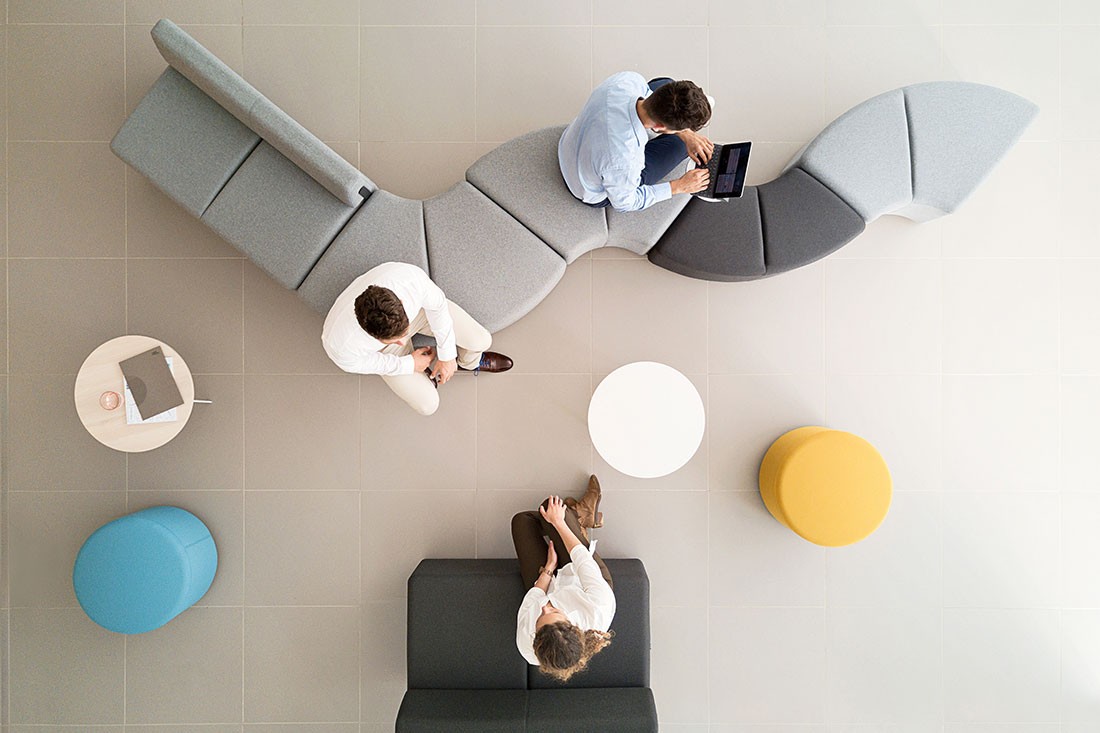
Commercial projects continue to be the main driver of growth in the Australian construction industry. According to the Australian Performance of Construction Index in March 2018, commercial construction expanded to 65.0 points in the overall combined industries’ performance indices matrix, the highest recorded level since the survey’s inception in 2005. The ongoing growth and high-performance of commercial construction and a dynamic, fast-moving construction culture in Australia has impacted architects and designers in two key ways:
Both trends emphasise a greater focus on delivering new solutions that meet the evolving needs of end-users. To this end, furniture specification has entered new realms of demand and expectation, particularly with regard to the breadth of possibilities that modular systems can bring to the end client’s balance sheet and corporate responsibility agenda.
In the commercial sector, the rising popularity of shorter-term commercial leases, alongside the transformation of the workforce into the ‘gig economy’, and greater focus on employee health and wellbeing, has radically redefined the requirements – and, in a large part, the operations – of ‘modularity’. No longer defined by token stackability or castors, modern modular furniture has been re-envisioned by design practitioners and end users alike as a tool to achieve greater agile behaviours and adapt alongside the potentially disruptive changes to business culture over time.
In the free whitepaper below, we explore how modular furniture addresses the concerns of the modern workplace, the changing nature of the workforce. Modular furniture solutions can be instrumental in providing a flexible, healthy and productive workspace for many types of uses and users.

INDESIGN is on instagram
Follow @indesignlive
A searchable and comprehensive guide for specifying leading products and their suppliers
Keep up to date with the latest and greatest from our industry BFF's!

The undeniable thread connecting Herman Miller and Knoll’s design legacies across the decades now finds its profound physical embodiment at MillerKnoll’s new Design Yard Archives.
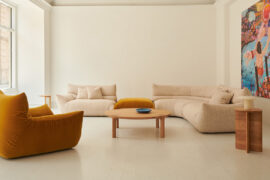
A curated exhibition in Frederiksstaden captures the spirit of Australian design

London-based design duo Raw Edges have joined forces with Established & Sons and Tongue & Groove to introduce Wall to Wall – a hand-stained, “living collection” that transforms parquet flooring into a canvas of colour, pattern, and possibility.
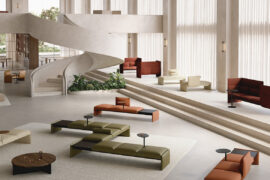
Where style and substance truly dwell, Gardam’s latest modular collection – available through Stylecraft – balances elegance and versatility.
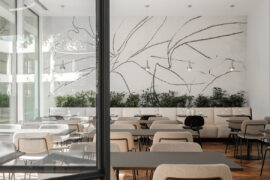
Hospitality is evolving fast, demanding interiors that can flex as quickly as guest expectations. From modular seating to stackable silhouettes, Bowermans brings global design brands and local know-how to help designers shape spaces that perform as well as they inspire.
The internet never sleeps! Here's the stuff you might have missed

In Tasmania, Stuart Williams crafts his work with care and creates objects of desire with sustainability at their heart.
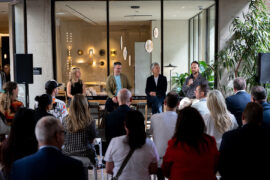
The CBD and South Melbourne Precinct promises a day of design experiences that balance movement, wellbeing, innovation and hospitality.